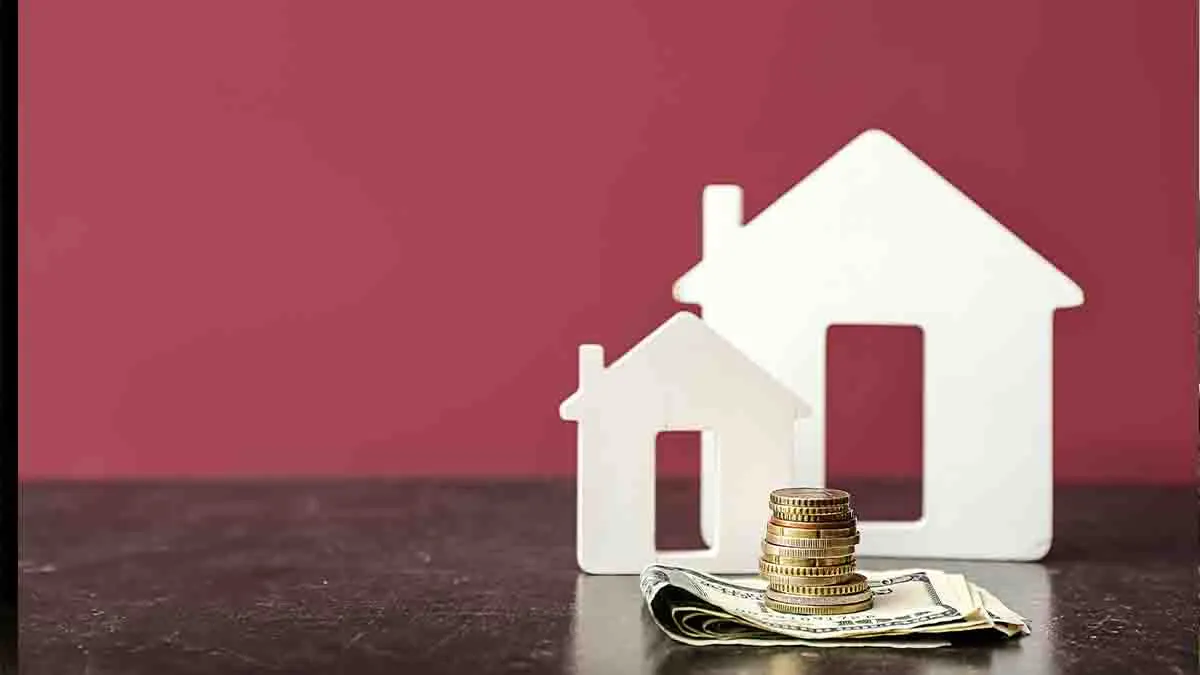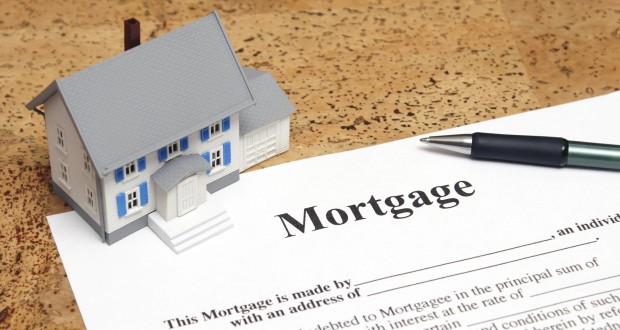When you apply for a mortgage, the interest rate you get isn’t just based on the market—it also depends on your financial profile. Lenders adjust prices based on risk, and one way they do this is through Loan-Level Price Adjustments (LLPAs).
If you’ve ever wondered why two people with similar credit scores get different mortgage rates, LLPAs are often the reason. In this article, we’ll break down:
- What LLPAs are
- How they affect your mortgage
- Who sets LLPAs
- Common LLPA factors
- How to reduce LLPAs on your loan
Let’s dive in!
What Is a Loan-Level Price Adjustment (LLPA)?
A Loan-Level Price Adjustment (LLPA) is a fee added to your mortgage based on risk factors like credit score, loan-to-value ratio (LTV), property type, and loan purpose. These adjustments can increase or decrease your interest rate or require you to pay extra fees at closing.
Think of LLPAs as a way for lenders to charge more for riskier loans. If you have a lower credit score or a small down payment, you might pay a higher rate because the lender sees you as more likely to default.
Who Decides LLPAs?
Most LLPAs are set by Fannie Mae and Freddie Mac, the two government-sponsored enterprises (GSEs) that buy most U.S. mortgages. Since lenders sell loans to these companies, they follow their pricing rules.
Private lenders (like banks and credit unions) may also add their own LLPAs on top of Fannie and Freddie’s fees.
How Do LLPAs Affect Your Mortgage?
LLPAs don’t appear as a separate line item on your loan estimate—instead, they’re built into your interest rate or closing costs.
Two Ways LLPAs Work:
- Higher Interest Rate – The lender may charge a higher rate to offset risk.
- Example: A borrower with a 680 credit score might get a 7% rate, while someone with a 740 score gets 6.5%.
- Upfront Fee (Points) – Instead of raising the rate, the lender may charge discount points at closing.
- Example: A 1% LLPA could mean paying an extra 1% of the loan amount (3,000ona300,000 loan).
Common LLPA Factors
Fannie Mae and Freddie Mac use several factors to calculate LLPAs. Here are the biggest ones:
1. Credit Score
- Higher score = Lower LLPA
- Lower score = Higher LLPA
- Example (as of 2024):
- 740+ score: No LLPA
- 700-739: Small fee (~0.25%)
- 660-699: Higher fee (~1.5%)
- Below 620: Much higher fees (2%+)
2. Loan-to-Value Ratio (LTV)
- Higher down payment = Lower LLPA
- Small down payment = Higher LLPA
- Example:
- 60% LTV (40% down): No LLPA
- 80% LTV (20% down): Small fee
- 95% LTV (5% down): Higher fee
3. Loan Type
- Conforming loans (Fannie/Freddie) have standard LLPAs.
- Jumbo loans (non-conforming) may have different adjustments.
- FHA/VA loans have their own fee structures.
4. Property Type
- Primary home: Lowest LLPAs
- Second home: Slightly higher fees
- Investment property: Highest LLPAs
5. Loan Purpose
- Purchase loans: Standard LLPAs
- Cash-out refinance: Higher fees (more risk)
- Rate-and-term refinance: Lower fees
How to Reduce LLPAs on Your Mortgage
Since LLPAs increase your loan cost, here’s how to minimize them:
1. Improve Your Credit Score
- Pay down debts.
- Fix errors on your credit report.
- Avoid new credit inquiries before applying.
2. Make a Larger Down Payment
- Putting 20%+ down often reduces LLPAs.
3. Choose a Primary Residence (If Possible)
- Investment properties have higher LLPAs.
4. Avoid Cash-Out Refinances (If Not Needed)
- Rate-and-term refinances usually have lower fees.
5. Shop Multiple Lenders
- Some lenders offer better LLPA discounts than others.
Final Thoughts
Loan-Level Price Adjustments (LLPAs) are a hidden but important part of mortgage pricing. By understanding how they work, you can take steps to secure the best possible rate.
Key Takeaways:
✅ LLPAs are risk-based fees added to your mortgage.
✅ They depend on credit score, down payment, loan type, and property use.
✅ Higher-risk borrowers pay more in fees or higher rates.
✅ Improving credit and increasing your down payment can lower LLPAs.
If you’re shopping for a mortgage, ask your lender how LLPAs apply to your loan—this can help you compare offers and save money!


